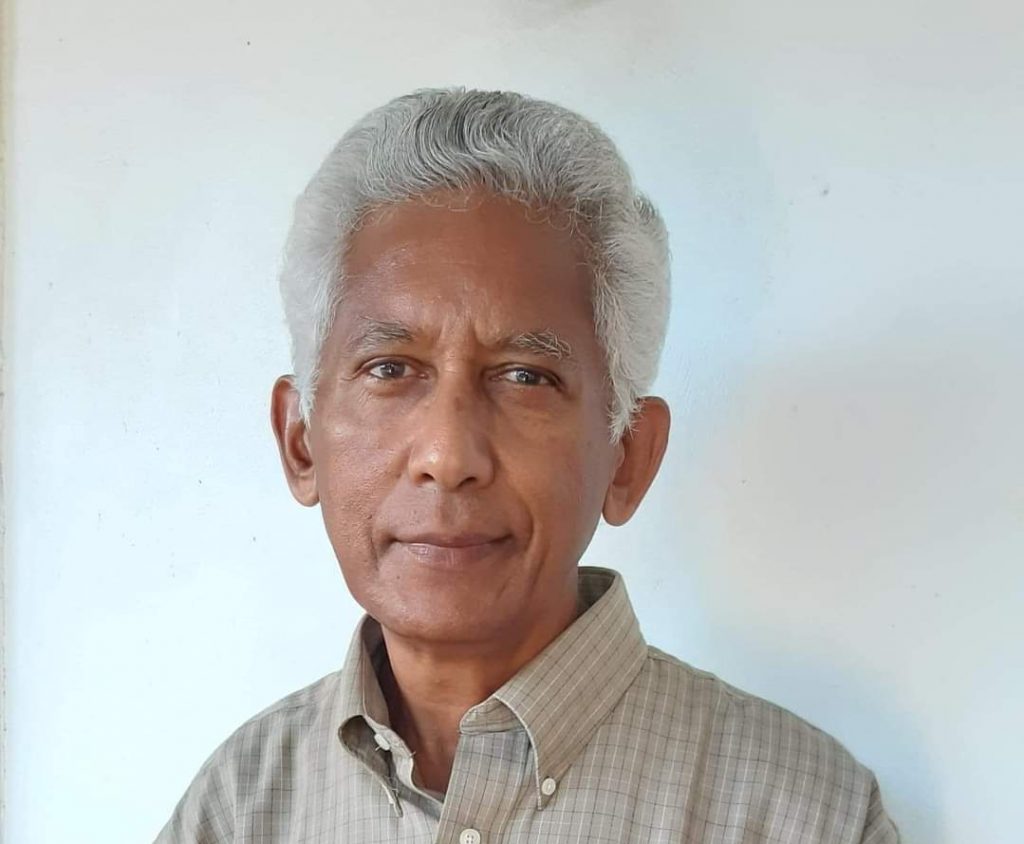Dear Editor,
One giant leap for mankind resulted from one small step for a man as India took a walk on the moon. The “mentally lazy” coolies (referred to by some) have landed on the moon on the 23rd August’2023, their third attempt after unsuccessfully trying twice before. This remarkable achievement coincides with India celebrating her 76th year of Independence on the 15th August’2023. As the fourth country in the world, she has followed the footsteps of technological, economic and cultural giants, USA, Russia (USSR) and China, to create a landmark history to be the first country to land on the south pole of the moon where permanent shadows harbor ice. As Russia’s first space mission attempted to land on the moon after 47 years, their Lunar-25 spun out of control and crashed only four days before this historic event.
A happily composed Prime Minister, Mr. Narendra Modi, ecstatic but humble, quietly exclaimed that, “the mission is an inspiration for the entire world. It is not just for India. Our mission will inspire others to travel to the moon and explore it further. There is a renewed interest in exploring the southern part of the moon. We hope to explore natural resources of the lunar surface.” In this unchartered territory, the frozen water reserves can be broken down into oxygen and hydrogen which can serve as fuel for space to launch rockets from the moon to other planets, without the gravity burden of an earth-based launch.
India’s success can serve as a platform for deep space exploration. According to ISRO’s Chairman Shri Somnath, “While science is a major objective, the primary goal of Chandrayaan-3’s mission is to demonstrate soft-landing and rover technology as critical stepping stones to future, more ambitious flights to deep space targets.”
India Space Research Organization (ISRO) launched their third space mission, Chandrayaan-3 on 14 July, recovering from four years ago when Chandrayaan-2 made a hard landing and damaged essential instruments, some of which are still functioning. Their first mission had crashed. Vikram, a solar-powered lander, is equipped with instruments to measure temperature and thermal conductivity, seismic activity and the plasma environment. It also carries a NASA laser reflector array to help precisely measure the moon’s distance from Earth. Pragyan, a six-wheel rover, will traverse the surface of the moon carrying instruments to help determine the elemental composition of lunar rocks and soil at the landing site.
Branded by their former ruler, the British, the Indians were referred to as “Coolies.” The British raj ruled from 1858 to 1947 when the country gained independence but split as a nation to birth the formation of India and Pakistan. India as a former colony, patiently but progressively built its economy to become the world’s fifth largest economy, surpassing the United Kingdom, with a GDP of 3.53 ($ trillion) in 2022, according to the IMF. Rishi Sunak, an Indian, became Prime Minister for the UK and Leader of the Conservative Party. Ajay Banga, another Indian, is President of the World Bank. World-meter registers India as the country with the world’s largest population with 1.428 billion people, ahead of China’s 1.425 billion, with a world’s share of 17.76 % and 17.472 respectively. India holds various world records in cricket, having climbed to fame in 1983, beating the West Indies to win the World Cup, played in the UK. India is now known as “the Mecca” for cricket with its IPL series attracting all the world class cricketers earning incomparable salaries.
As India rejoices with her space mission accomplished and a euphoric nation celebrating her succuss, India is being targeted as a nation spending money on space exploration rather than on eliminating poverty in the country. Chandrayaan-3 voyage costs India some US$75M as compared to Russia’s Lunar-25 cost of US$200M and the cost of US$ 175M to produce the space fiction movie “Interstellar.” Elon Musk’s response, “Good for India.”
A BBC anchor had argued that India’s population lives in poverty and that over 700 million people don’t have access to a toilet. He questioned if they should really be spending this sort of money on a space program. But Mahindra Group chairman, Anand Mahindra, responded with, “Really?? The truth is that, in large part, our poverty was a result of decades of colonial rule which systematically plundered the wealth of an entire subcontinent. Yet the most valuable possession we were robbed of was not the Kohinoor Diamond but our pride & belief in our own capabilities. Because the goal of colonization—its most insidious impact—is to convince its victims of their inferiority. Which is why investing in BOTH toilets AND space exploration is not a contradiction. Sir, what going to the moon does for us is that it helps restore our pride & self-confidence. It creates belief in progress through science. It gives us the aspiration to lift ourselves out of poverty. The greatest poverty is the poverty of aspiration…
India was known as the “Jewel in the Crown” for the UK, having drained India of some $45 trillion from 1765 to 1938. Indian Prime Minister, Mr. Narendra Modi will chair the G20 New Delhi Summit next month. Currently in Johannesburg, he is attending the 15th annual BRICS summit of emerging markets. Speaking both in English and Hindi, he said “India is now on the moon!” “The success belongs to all of humanity,” he said. “And it will help moon missions by other countries in the future. I’m confident that all countries in the world … can all aspire for the moon and beyond. … The sky is not the limit!”
Yours respectfully,
Jai Lall
